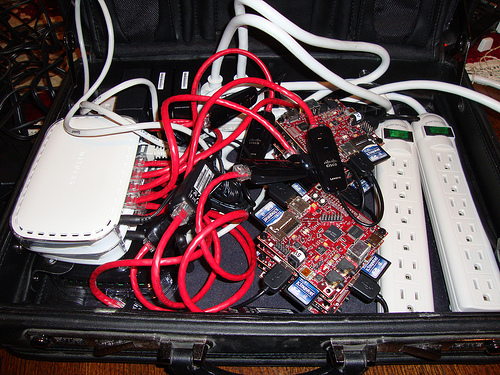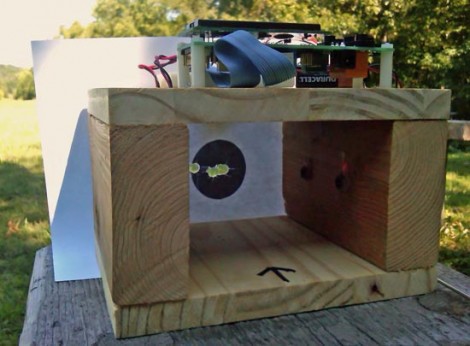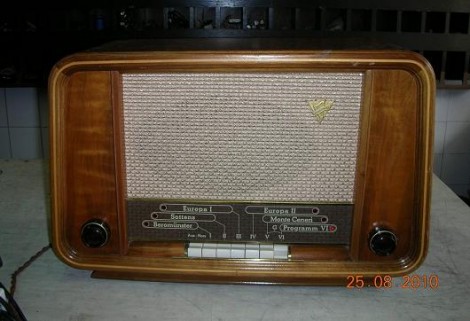
We must find out where you can acquire these industrial robots pictured above. Sure, you expect car companies like BMW to have a few lying around, which they used to make into a Twitter message writing robot. But Bungie, a video game company, to have one as part of an advertisement for Reach?
The former is just a scratch on the surface, with some pictures, but a much more decent writeup will be provided after September 12th. The latter has a few videos, and you can watch it recreate a monument with light ‘live’. And while both are impressive uses of old tech, neither answered our first question, we gotta get us one of these.
[Thanks Matt and FurryFriend]

















